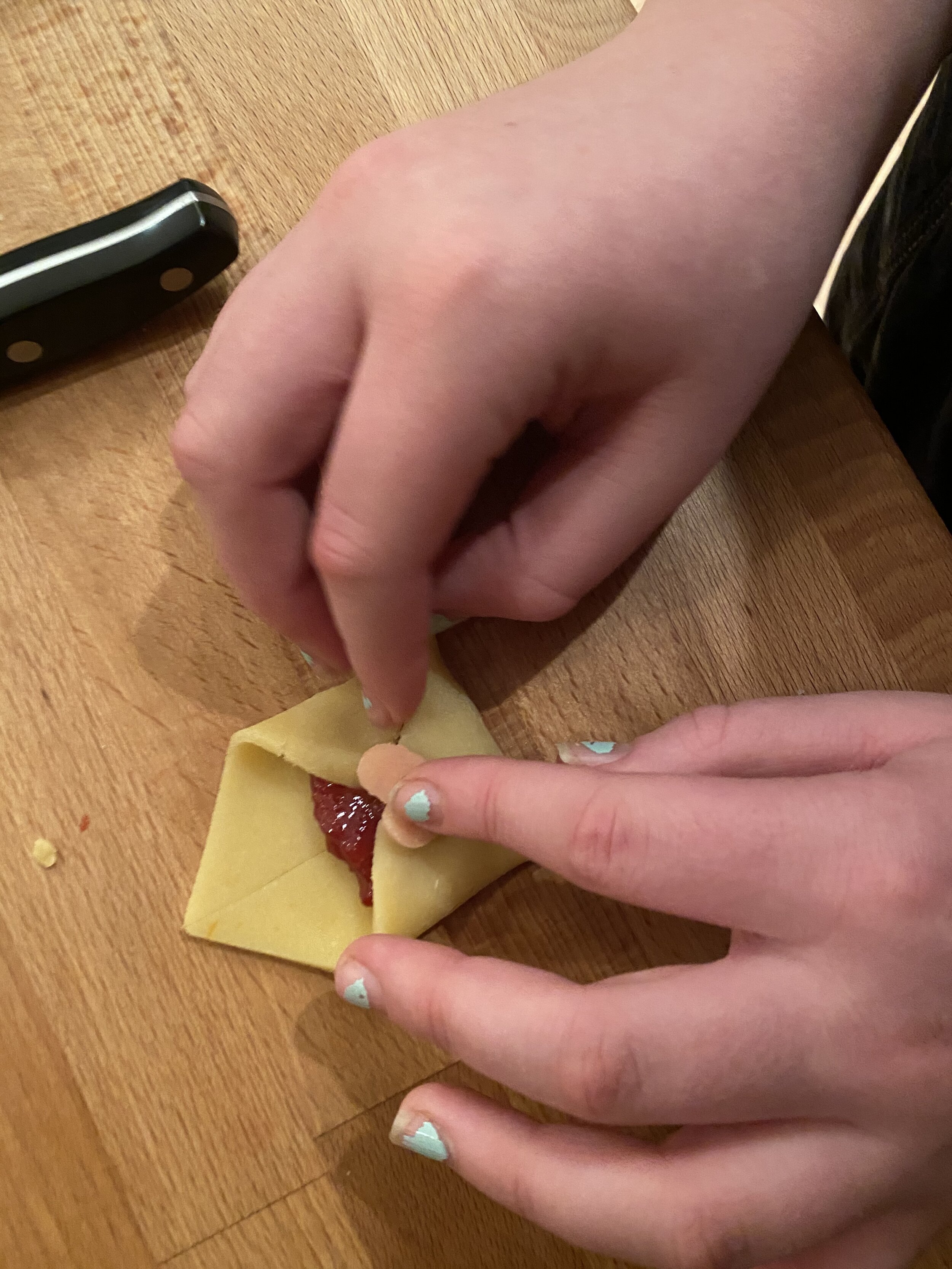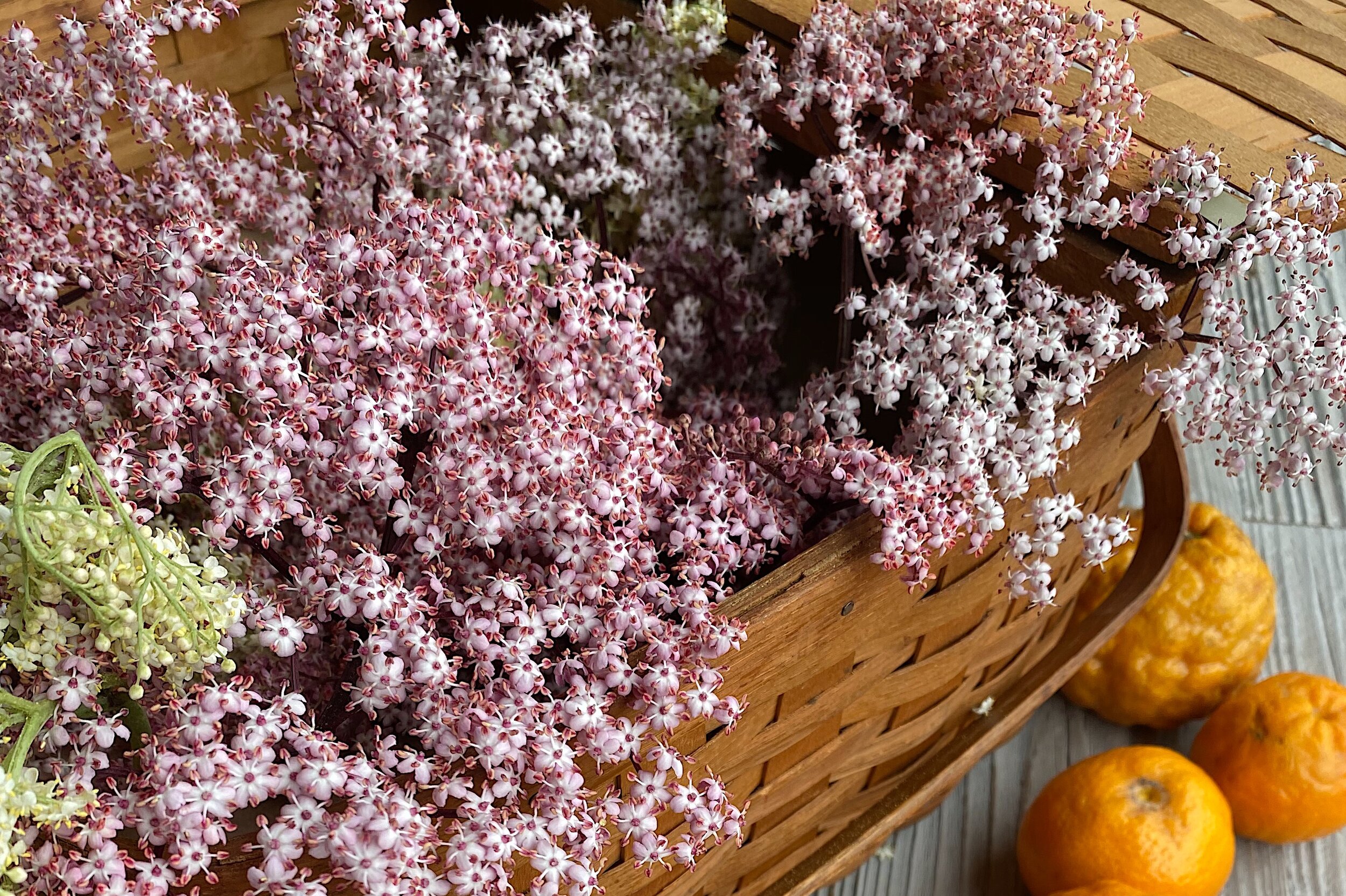Love letters are still one of the best ways to express our adoration for someone, and these precious “Lettere D’Amore” cookies fill all those boxes. Handcrafted - check. Expressive - check. Thoughtful - check. Delicious… okay, I guess that’s not usually part of a love letter, but maybe that’s what makes these even better!
The cookies are made from a traditional Italian sweet pastry dough called Pasta Frollo, then filled with homemade strawberry jam made from Hood Strawberries we picked at Sauvie Island Farms last year. Use whatever jam you have available, especially if you made it yourself. Homemade always shouts “I love you!”
INGREDIENTS
Sugar 200 g (1 cup)
Butter 200 g ( a little less than 2 sticks)
Flour 500 g (4 cups)
Eggs (2 eggs)
Lemon zest (1/2 lemon)
Orange zest (1/2 orange)
Strawberry jam (1 cup)
INSTRUCTIONS
Let the butter soften until it becomes malleable and easy to bend without cracking. Mix the butter and sugar till smooth then add the eggs, lemon and orange zest and keep mixing until the eggs are completely absorbed into the mix.
Add the flour a little at the time. When the mixture becomes too hard to mix with a fork, use your hands until you have used all the flour. Wrap the mix with wax paper or plastic wrap and let rest for 30 min in the fridge.Cut the dough into 4 pieces. Dust your work surface with flour to prevent the dough from sticking and roll them one at the time with a rolling pin until a 1/4" thick.
Cut the rolled dough into 3" squares, put some strawberry jam in the middle of the square and fold three of the four angles to the center of the square.
Bake at 350 F for 15 min, then let cool.
































